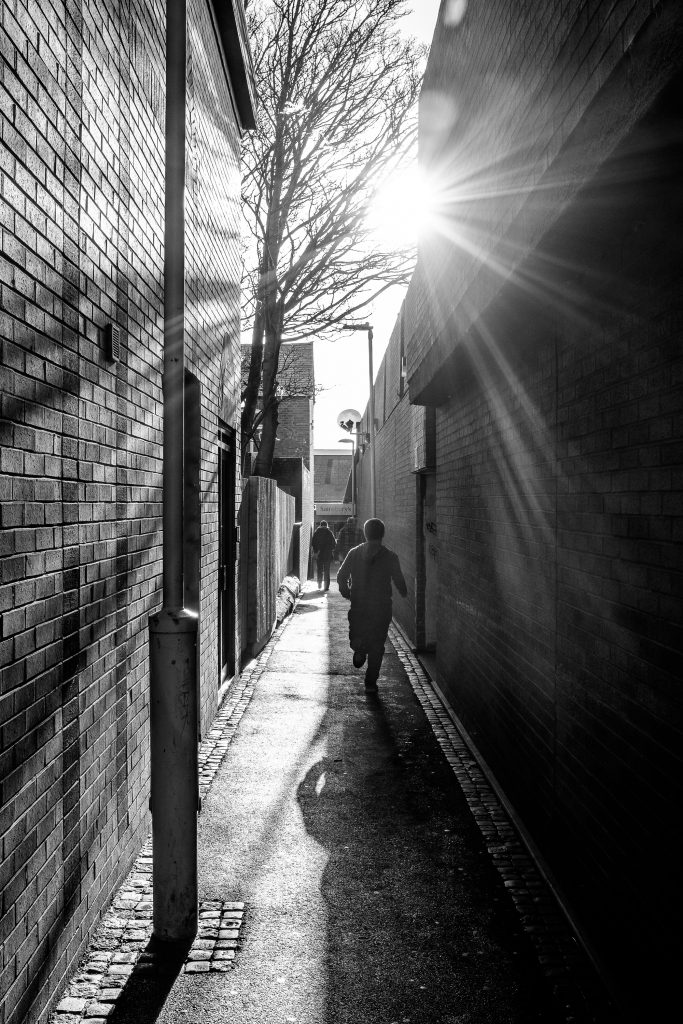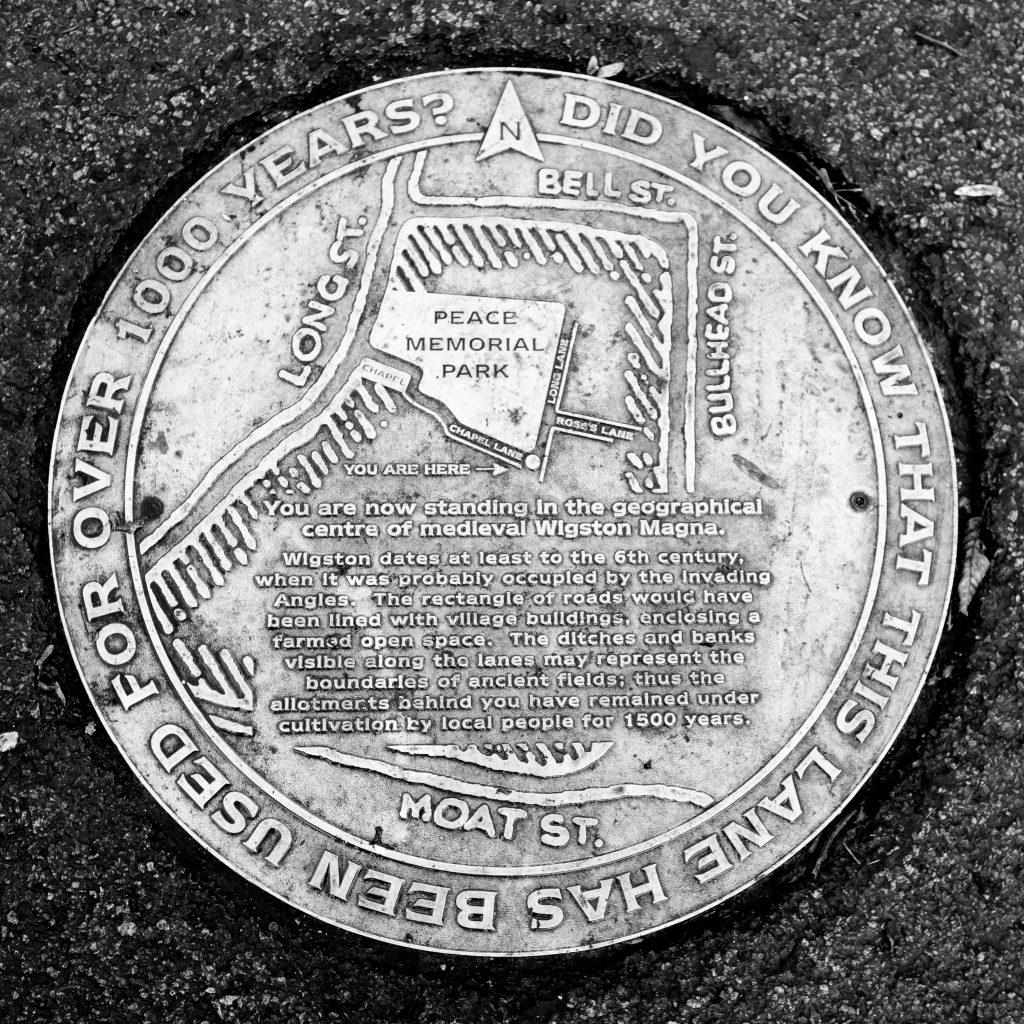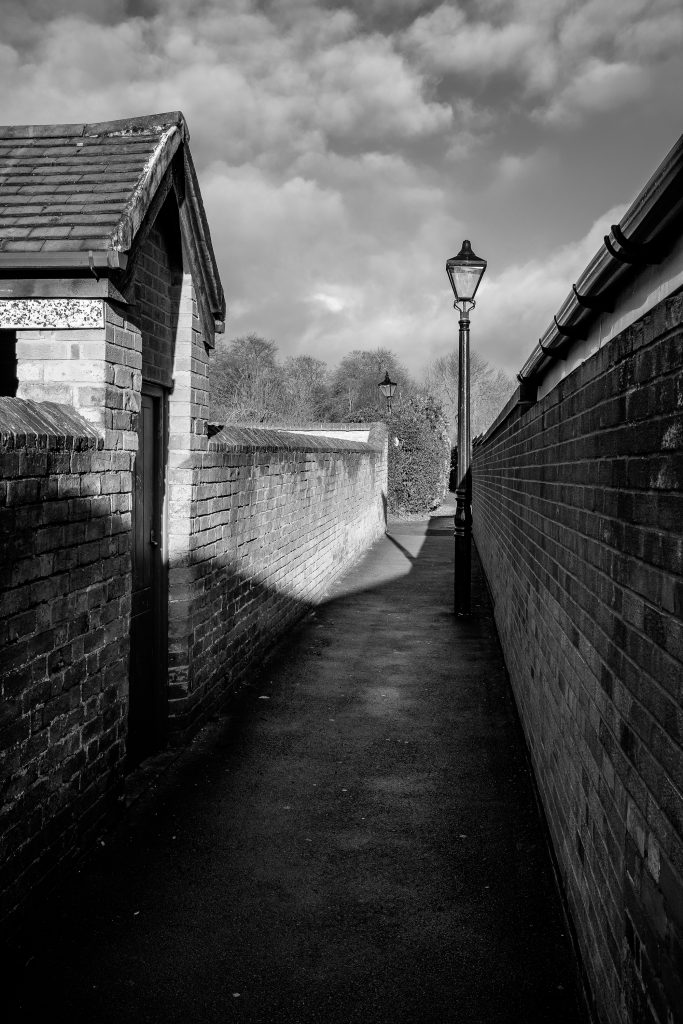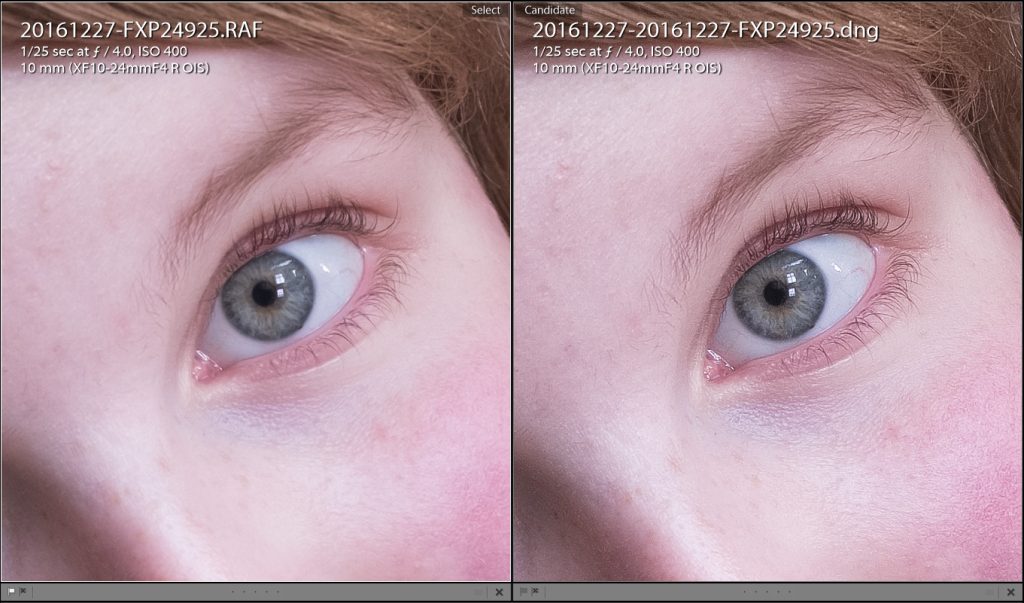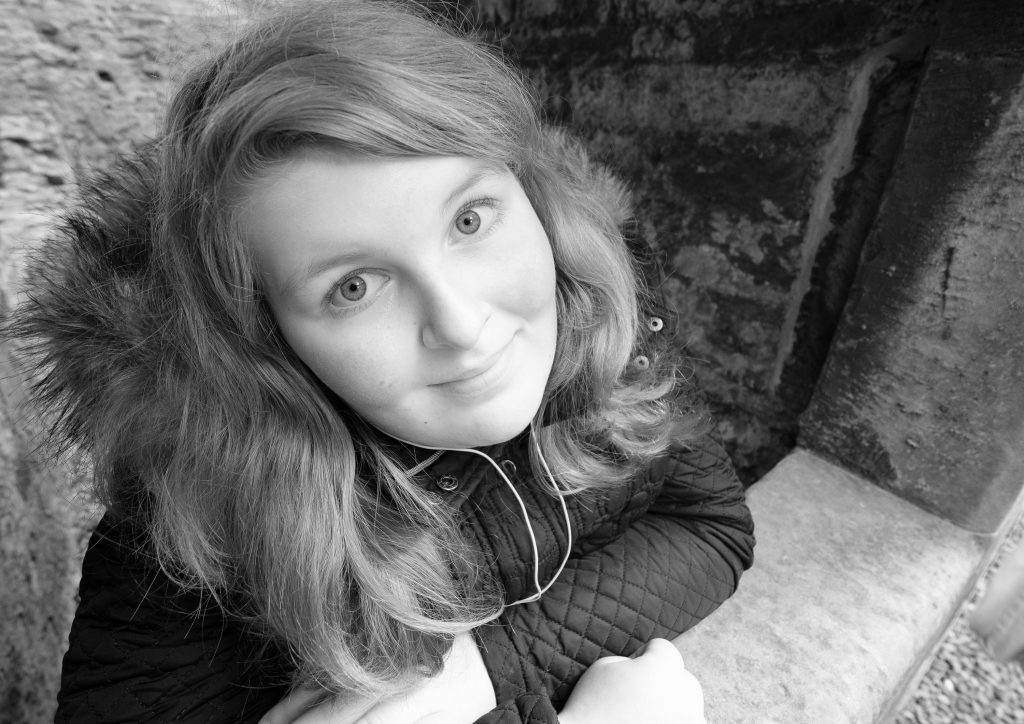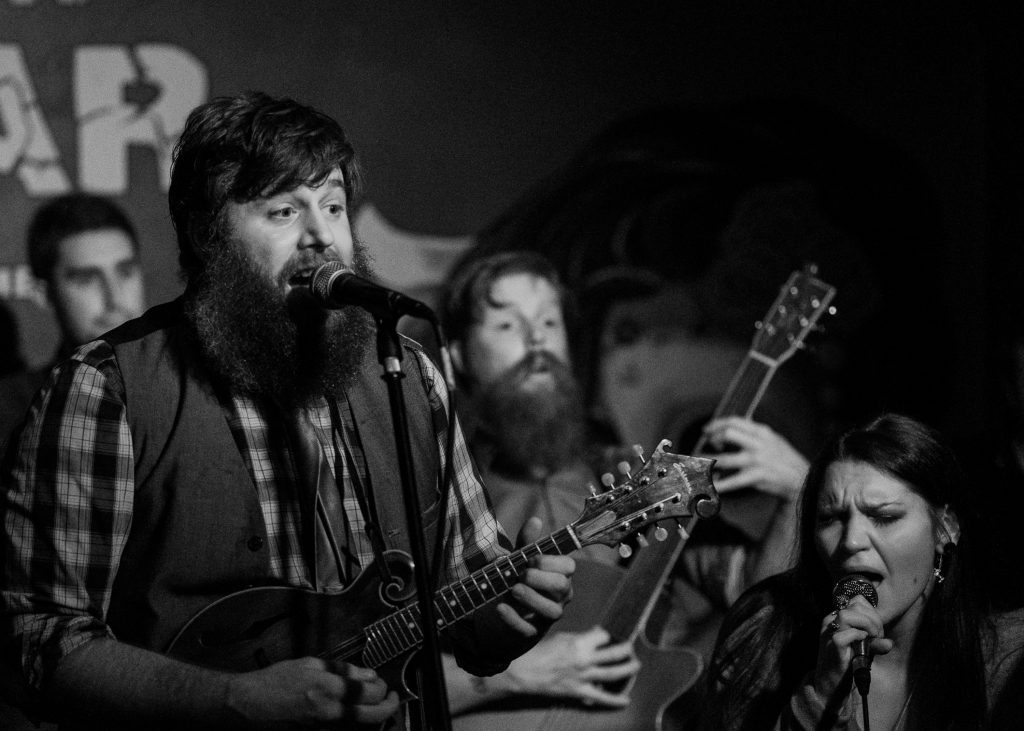
Friday evening found me heading out through the cold and wet of an English winter evening to the snug comfort of Pi Bar on Leicester’s Narborough Road. It had been a while since I’d last shot a gig and it was time once again to crank up the ISO, select my fastest lenses and see what developed on-stage.
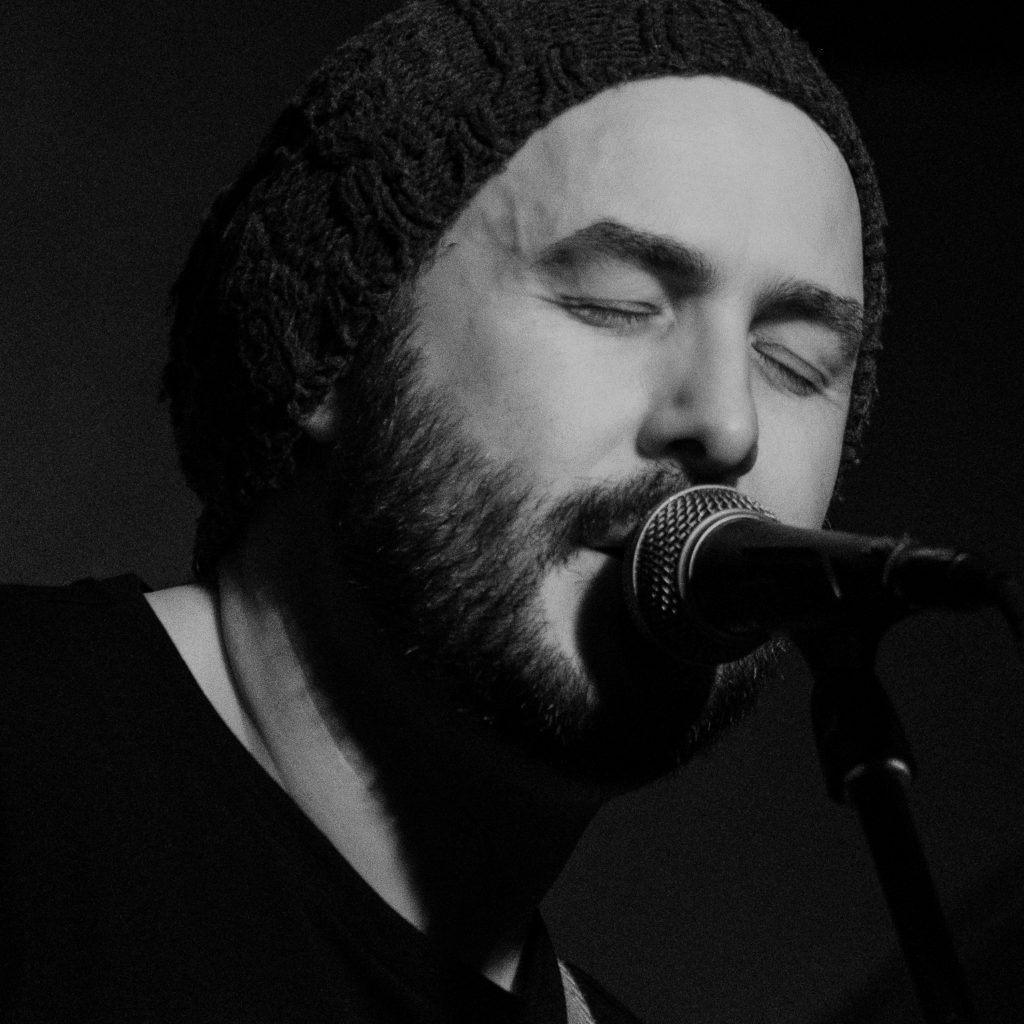
I started shooting with the Fujinon 55-200mm which has the advantage of giving me image stabilisation in addition to a good long reach. However, image stablisation is only half the battle when the light is low, you also have movement of the subject to consider and musicians have a tendency not to have their feet nailed to the floor (excepting Steve Rothery). After a little while I decided it would be better to break out the 90mm f2, trading the OIS and longer reach for some extra stops of light.

I did mention cranking up the ISO didn’t I? At many venues I’m often shooting around ISO 3200. Here at Pi Bar I started off at 6400 and soon decided that I needed to up it to ISO 8000. Dark? Hell yes, it was dark. So many of these small venues really could do with better lighting but I guess they’re not really too interested in making life easier and more interesting for photographers. A few well used spots make such a difference, giving me the kind of high contrast look I enjoy and making subject isolation easier.
ISO 8000 is maybe a notch higher than I would generally like to go and it does show in the graininess of these pictures. Having said that I do find the grain produced by my X-Pro2 to be more pleasing and reminiscent of film grain than that produced by my EOS 6D (or other previous Canon bodies). Usually I would much rather have a grainy photo than a blurry photo (unless the blur is intentional). Yet again I was very impressed at the low light performance of my X-Pro2’s APS-C sized sensor. If Fuji can make a sensor perform like this at APS-C then what is the new Fujifilm GFX 50S medium format camera going to be capable of? (Sadly I won’t be getting the chance to shoot with one of those unless I win the lottery).

I have to say that in these murky conditions the 90mm f2 did seem to provide a superior auto-focus experience than the 55-200. This is probably only to be expected as the 90mm is the more recent lens by a good couple of years and it’s also a prime. What I lost in reach I gained in consistent results.
During the evening I enjoyed music from three different bands : Christopher Moody and the Underground Kings, Bellatones and finally The Whiskey Rebellion – all of them excellent. More photos from the evening can be found in this album on Flickr. I’ll be keeping an eye on future events at Pi Bar as it’s not far from home and I find it a welcoming, relaxing venue – even if the lights could do with turning up a bit on the stage.

